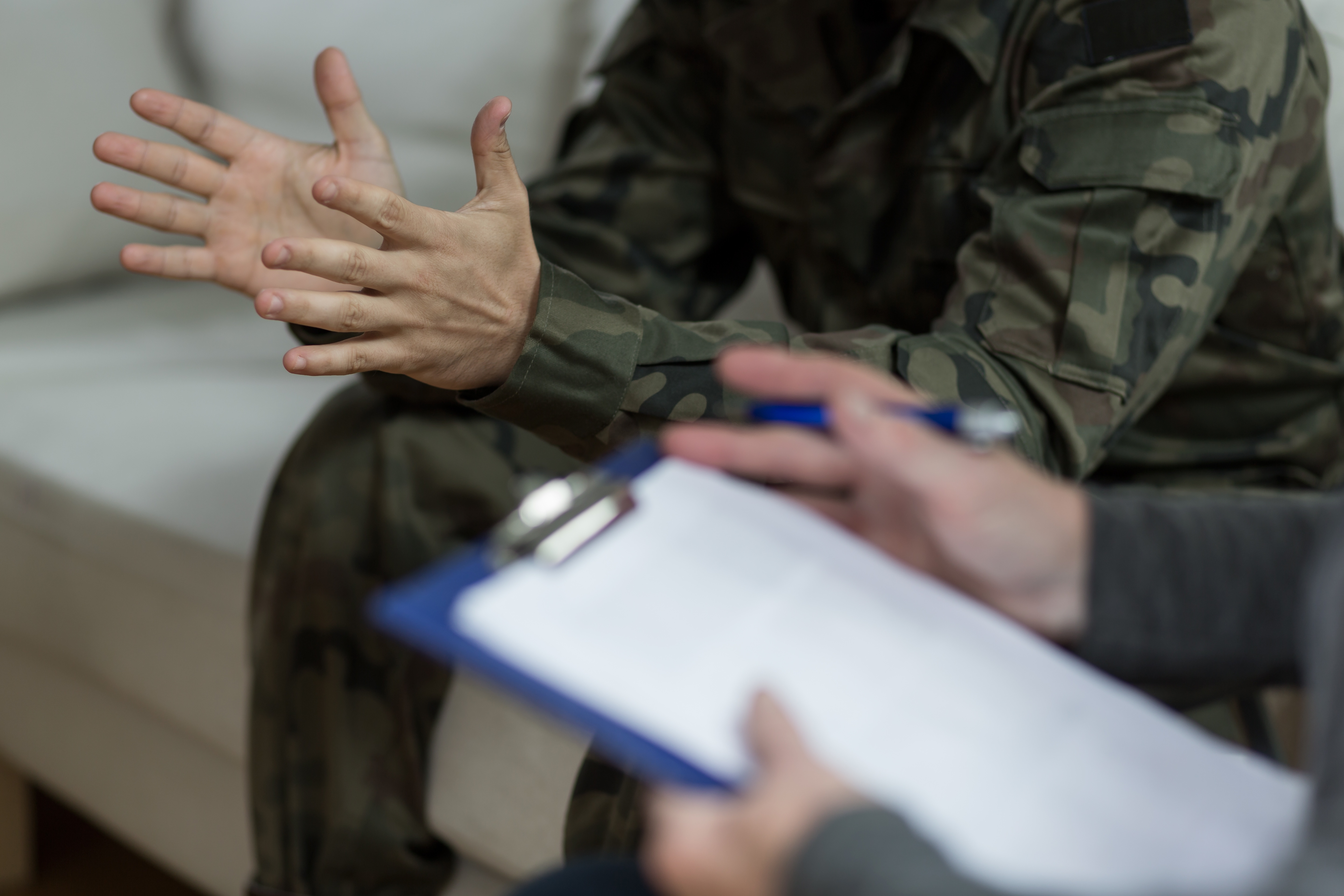Effective Strategies for Defusing Aggressive Behavior
- April 4, 2019
- / Sunshine Behavioral Medicine
- / Mental Health,Aggression

When faced with an aggressive person, your instinct may be to turn and run, but unfortunately that's not always the right thing to do. By familiarizing yourself with some simple techniques for defusing aggressive behavior, you can help yourself and others avoid conflict and violence. These techniques are useful whether you are dealing with aggression at home, in the workplace, or in a public place.
Act in Control
Even if you feel anxious or scared when faced with the aggressive person, give her the impression that you are confident and in control of your emotions and the situation itself. If she picks up on your anxiety, she may feel more anxious herself, which can heighten her aggressive response, warns the National Association of Social Workers.
Adopt a Calm Approach
The Crisis Prevention Institute recommends approaching the aggressive person in a calm manner and speaking to him respectfully, keeping the tone of your voice low. If you don't know him, introduce yourself. Ask him what you can do to help. Always maintain a non-judgmental attitude and focus 100 percent of your attention on him. Let him talk without interrupting, and only speak when he has finished. Acknowledge how he is feeling. Remember your aim is to calm him down, not necessarily to make sense of the way he is acting.
Use Body Language
Body language can help to defuse aggressive behavior, says the National Association of Social Workers. Maintain neutral eye contact with the aggressive person, but don't make it seem as if you are staring. Let your gaze drop every now and then. Keep your face relaxed, but don't smile. if she thinks you are laughing at her or making light of the situation, she may become even more aggressive. Use open body language: don't cross your arms or gesture toward her with anything that could be perceived as a weapon. Stand a safe distance away from her and be aware of the nearest possible exit, should you need to get away.
Work Toward a Solution
Wait for the aggressive person to calm down. Explain the consequences of the aggressive behavior respectfully but firmly, says the National Association of Social Workers. Suggest ways in which the situation could be resolved without conflict. Give the person more than one option, so that he has some control over the situation. For example, you might say, "Let's go for a walk for some fresh air," or, "Would you like me to contact a friend to give you a ride?"
Key Learning Points
- Anger and aggression are often the product of frustration and a feeling of powerlessness.
- Respect is a key principle in de-escalating and defusing anger and aggression. The ability to communicate skillfully and appropriately so as to foster acceptance has a great impact on security.
- Cooperation is a key principle in all efforts to defuse anger unless cooperating causes harm to you or others. Efforts to resist physically or verbally are often counterproductive, putting the aggressor(s) in an even more defensive position. Use both nonverbal and verbal postures that reflect your calm and confident ability to respond and interact with the aggressor.
- Listening is an important skill in defusing anger. While it may seem easy, skillful listening is quite difficult. Close attention to non-verbal cues for listening, along with the skills of paraphrasing and questioning are important means of defusing anger.
- Learn to redirect and reframe anger and positional arguments into a discussion that involves an analysis of the real interests involved
 Drug Free Stress, Pain & Insomnia Relief
Drug Free Stress, Pain & Insomnia Relief
 Mental Illness & Mental Health Medications - A Guide For Patients
Mental Illness & Mental Health Medications - A Guide For Patients
 Doubts, Uncertainty, Indecision, and Procrastination
Doubts, Uncertainty, Indecision, and Procrastination
 Borderline Personality Disorder
Borderline Personality Disorder
 Antisocial Personality Disorder
Antisocial Personality Disorder
 All You Should Know About Suicide & Homicide
All You Should Know About Suicide & Homicide
 Things to Know about Schizoaffective Disorder
Things to Know about Schizoaffective Disorder
 Who are the Normal People?
Who are the Normal People?
 What Is Integrated Behavioral Health?
What Is Integrated Behavioral Health?
 The Mind-Body Connection: 3 Ways Mental Health Affects Physical Health
The Mind-Body Connection: 3 Ways Mental Health Affects Physical Health